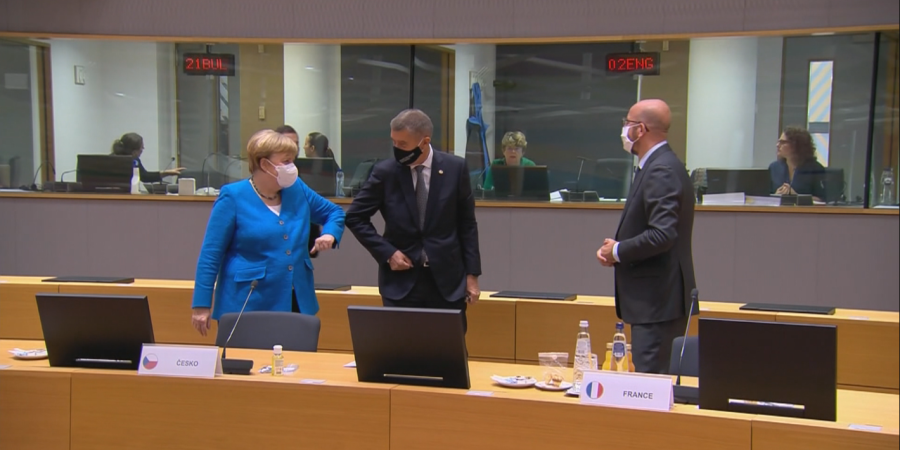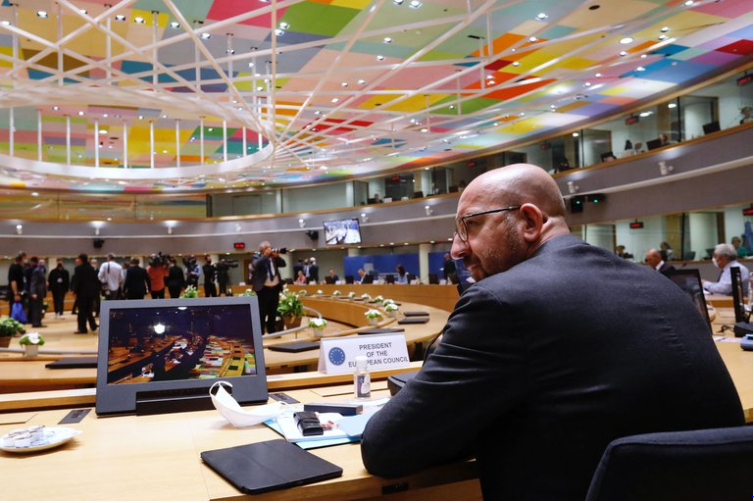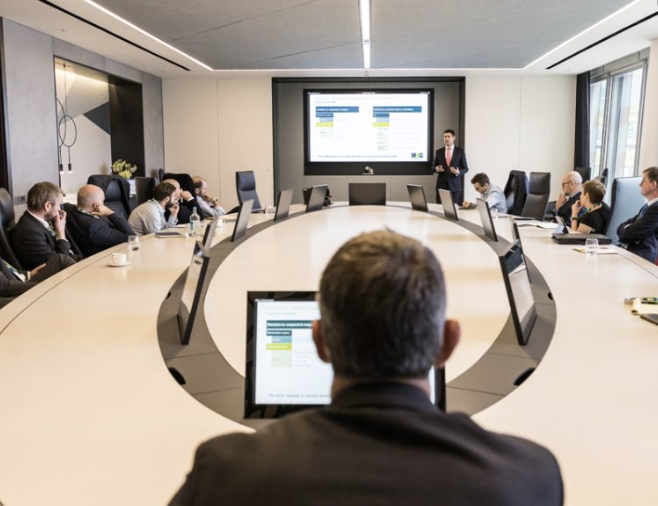There is a lot that we have learned during this pandemic. We have learned that not every meeting requires physical presence and we have also learned that some benefits of face-to-face meetings are irreplaceable. One might conclude that both presential and virtual meetings are necessary and that they are complementary rather than substitutive: the key is to identify the best type of meeting according to each situation.
There is no doubt about the benefits of virtual meetings: from the cost to the flexibility and, of course, the preservation of the health of the meeting attendees. Online collaboration is good to solve time problems and distance problems: it helps productivity, diversity of the teams and availability. But online collaboration doesn’t have the magic of working face-to-face and the sensations cannot travel through the net.
The power of a handshake:
Do not forget that shaking hands causes the center of the brain associated with rewards to activate.
“Handshaking is a valuable form of nonverbal communication. It is a form of interactive body language that offers insights into how the other person views the world, him or herself, and you. It is a vital, if usually subconscious, part of creating a first impression and sending a parting message.”
-Robert E. Brown and Dorothea Johnson, “The Power of Handshaking”
In less than five seconds, a prospective employer, client or business associate can learn a lot about you – whether you’re trustworthy, confident and competent, and whether you follow through. A good handshake accompanied by direct eye contact and a warm smile signals you are confident and trustworthy—the two most important traits for a business person to possess.
The “hidden” messages:
Nonverbal communication involves the messages people send through such actions as gestures, facial expressions, posture, and appearance. Nonverbal cues provide accurate information about personal traits.
In the course of an ordinary day, the typical general manager spends an extraordinary amount of time meeting and talking with people. Part and parcel of a manager’s communication are the imagery, the place, and the body movements that he or she uses. Images, setting, and body language are not just adjuncts to communication. They carry the messages; and indeed, in some cases, they are the messages. The key is in knowing what is being communicated.
Nonverbal communication includes the following:
- Tone of voice
- Rate and volume of speech
- How we articulate our words
- Rhythm, intonation and stress placed on words
- Facial expression
- The amount of eye contact we make
- Gestures/touch
- Body language and posturing
Research shows that when we communicate feelings and attitudes, only a small percentage of our overall message comes from the words we use.
- 55% of our message comes from body language (especially from movements of the small muscles around the eye which can convey shock, disbelief, doubt or disgust)
- 38% of our message comes from tone of voice
- Only 7% of our message is conveyed by the words we use (Mehrabian, 2007)
Focus, participate and create:
Face-to-face meetings allow speakers to capture attention in a way that isn’t possible in a virtual environment. Being in a different atmosphere, like a conference room or meeting area, stimulates the brain and opens you up to new ideas.
In person distractions are reduced and it is less likely that someone will be distracted with your smartphone, for example. When our interlocutor is in the same room, we concentrate more and better. When you are all in the same room, it encourages people to participate. So, we concentrate better, we become more creative and participative. There are unique benefits to working in the same room, like the creative power of spontaneous interactions.
Even Steve Jobs, inventor of the iPhone, knew a long time ago that face-to-face meetings would never go out of style. “There’s a temptation in our networked age to think that ideas can be developed by email and iChat. That’s crazy. Creativity comes from spontaneous meetings, from random discussions.”


